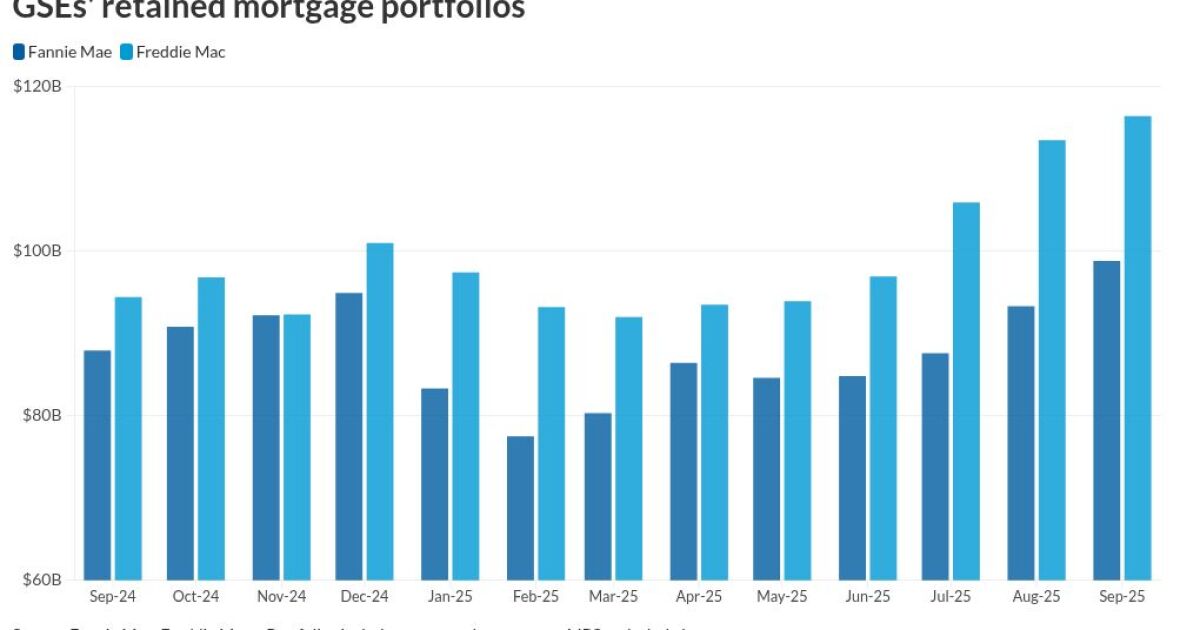
Investors are bracing for Treasury Secretary Scott Bessent to lean more toward shorter maturities in the government's funding mix to keep down long-term yields amid a mounting debt burden.
Wall Street dealers expect Bessent to signal as soon as Wednesday, when his department releases a quarterly statement on debt sales, that issuance in the $30 trillion Treasury market will keep shifting in that direction.
Strategists at JPMorgan Chase & Co. and Goldman Sachs Group Inc. are among those watching for any appetite at the Treasury to reassess the "optimal" blend of funding heading into 2026. Bessent surprised some in the market this year by retaining his predecessor Janet Yellen's strategy of favoring bills, which are shorter-dated, after having repeatedly criticized it.
READ MORE:
"There is no need for them to make changes to issuance levels just yet," said Priya Misra, a portfolio manager at JPMorgan Investment Management. "However, there will be a need in 2026 to increase supply and then, bills and shorter-dated Treasuries make more sense."
Bessent has already boosted T-bill auction sizes to record levels. He may have more leeway to favor bills after the Federal Reserve said it will stop shrinking its Treasury holdings, but will continue drawing down its portfolio of mortgage-backed securities and reinvest proceeds in bills starting in December. Increased demand from the Fed, one of the biggest holders of Treasuries, would give Bessent room to sell more of the obligations that mature in a year or less.
READ MORE:
At issue for Bessent is how to tamp down long-term yields — vital for setting borrowing costs such as mortgage rates — even as the nation's debt load climbs. He has
Steady Course
While speculation
That would leave the Treasury relying more on bills to fund the budget deficit, which, despite a surge in tariff revenue, continues to approach
For next week's refunding auctions, which include 3-, 10- and 30-year maturities, Wall Street expects no change from previous quarters. That would leave the
- $58 billion of 3-year notes on Nov. 10
- $42 billion of 10-year notes on Nov. 12
- $25 billion of 30-year bonds on Nov. 13
Dealers will look for specificity on the share of bills the Treasury is willing to embrace. Last year, the Treasury Borrowing Advisory Committee — a panel of dealers, investors and other market participants — recommended it average
If the Treasury doesn't lift note and bond sales, then the bill share is on course to climb past 26% by the end of 2027, according to a Citigroup Inc. estimate.
Bills are getting cheaper for the Treasury thanks to Fed easing. Last week, the central bank lowered its overnight benchmark rate to a range of 3.75% to 4%, with traders seeing scope for further easing as soon as December.
Scott DiMaggio, head of fixed income at AllianceBernstein, said savings from refunding debt at lower benchmark rates combined with tariff revenue could amount to $1 trillion for the US government. In the fiscal year through Sept. 30, the department spent a record $1.22 trillion in gross outlays on the debt.
Bills demand
Beyond interest rates, the Fed's balance-sheet actions could also prove helpful to the Treasury. Using cash from maturing mortgage debt to buy Treasuries could amount to about an extra $15 billion a month of demand from the central bank, JPMorgan Chase estimates. Together with the end of quantitative tightening and other non-policy related elements, Fed demand for bills could climb to $280 billion next year, according to JPMorgan.
Bessent, who's leading the vetting for the next Fed chair, with Jerome Powell's term ending in May, has
In a September essay, he
Some investors have even speculated about possible coordination between the Treasury and Fed aimed at depressing longer-dated rates.
In 2024, Bessent was among Republicans who



